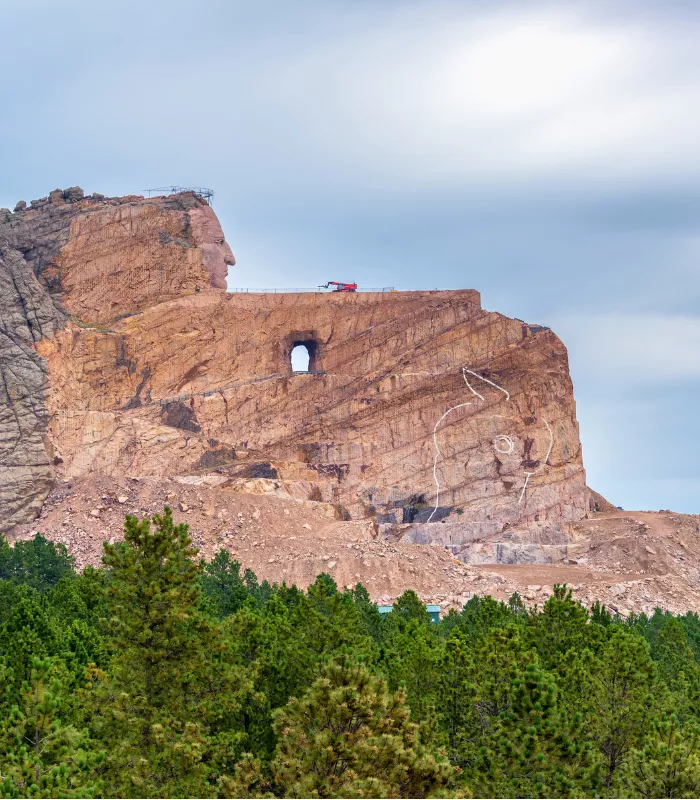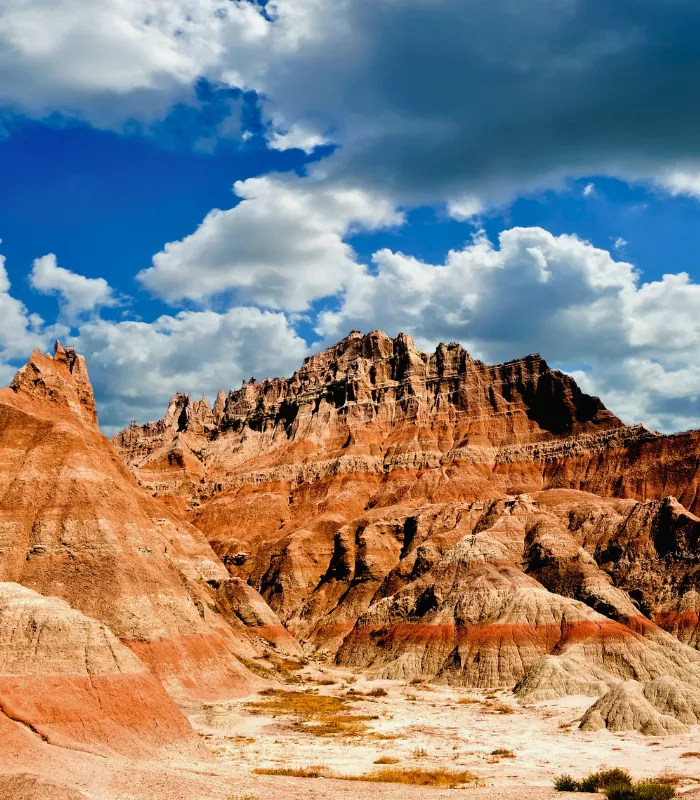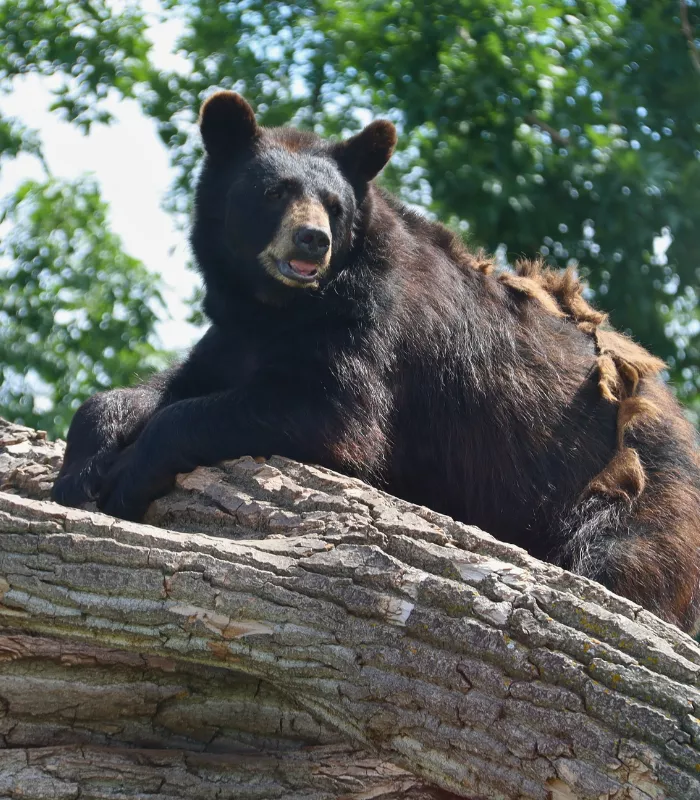The state has weaponized FOMO into a profitable business model.
Every roadside attraction comes with the same guarantee: you’ll spend more money than time, and leave with more questions than answers.
It’s like Vegas, but instead of losing money on slots, you lose it on corn-covered buildings.
1. Mount Rushmore, South Dakota
Mount Rushmore draws over 2 million visitors every year to see the carved faces of four presidents.
Once you’ve seen it, that’s pretty much it.
The monument isn’t as large as people expect when they arrive.
Many visitors describe it as anticlimactic after driving hundreds of miles to get there.
The attached museum is basically just about itself. You’ll find yourself thinking “well, we saw it” and then facing a long drive back to your hotel.
Why It’s On This List: Visitors often feel disappointed by the size and limited activities compared to their expectations.
2. Wall Drug, South Dakota
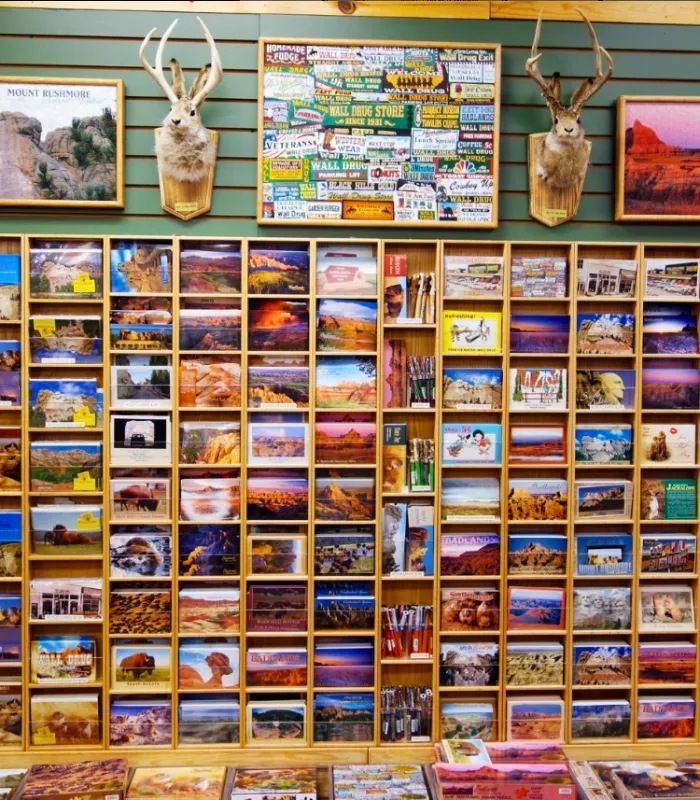
Wall Drug became famous in 1931 for offering free ice water to weary travelers. Today, it attracts over 2 million visitors annually to this tiny town of 875 people.
The 50,000-square-foot building is packed with cheap souvenirs like rubber tomahawks and jackalope hunting licenses. You can still get 5-cent coffee, but the crowds make it feel more like a circus than an authentic experience.
Signs for Wall Drug appear worldwide, even at the South Pole. That’s why it’s become one of the world’s biggest tourist traps – it’s famous for being famous.
Why It’s On This List: It’s ranked as the world’s second-biggest tourist trap with over 1,000 “tourist trap” mentions on review sites.
3. Crazy Horse Memorial, South Dakota
The Crazy Horse Memorial has been under construction since 1948 and still isn’t finished. Admission prices are steep because it’s privately funded, not supported by the federal government.
You’re paying to see an incomplete monument that may never be finished. The completed portion can actually be viewed for free from nearby areas without paying admission.
Even supporters admit it’s worth visiting for the story and ideals behind it. The educational center and cultural exhibits add value beyond just the carving itself.
Why It’s On This List: High admission costs for an unfinished monument that’s been in progress for over 75 years.
4. Keystone, South Dakota
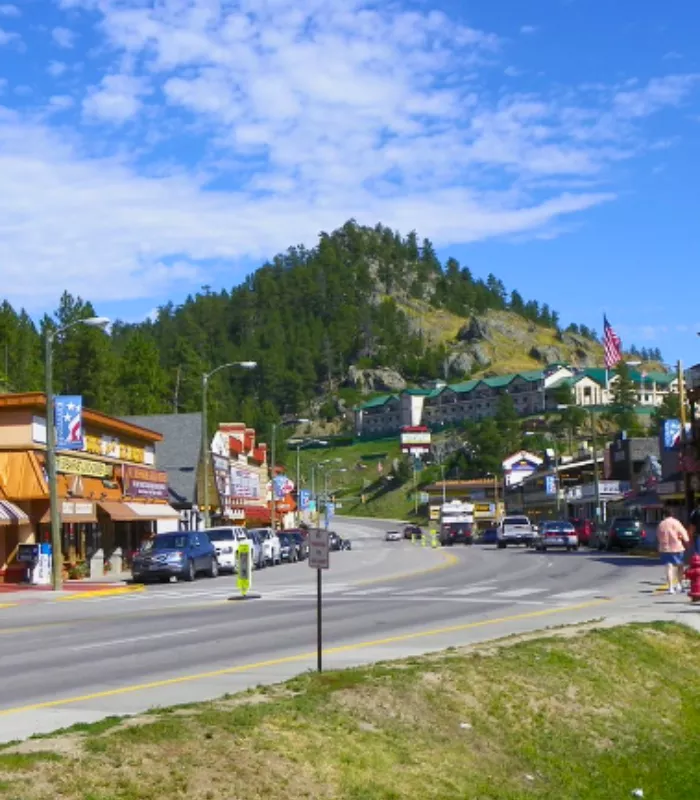
Keystone exists primarily to serve Mount Rushmore tourists with souvenir shops and restaurants. The town is filled with stores selling “Black Hills Gold” and Western gear at inflated prices.
Restaurants and bars charge premium prices for mediocre food. Most items sold here can be found elsewhere in South Dakota for half the price.
You’re better off buying souvenirs and eating meals in Rapid City or other nearby towns. Keystone capitalizes on its proximity to Mount Rushmore without offering much genuine value.
Why It’s On This List: Overpriced goods and food that take advantage of tourists visiting Mount Rushmore.
5. Buffalo Ridge Ghost Town, South Dakota
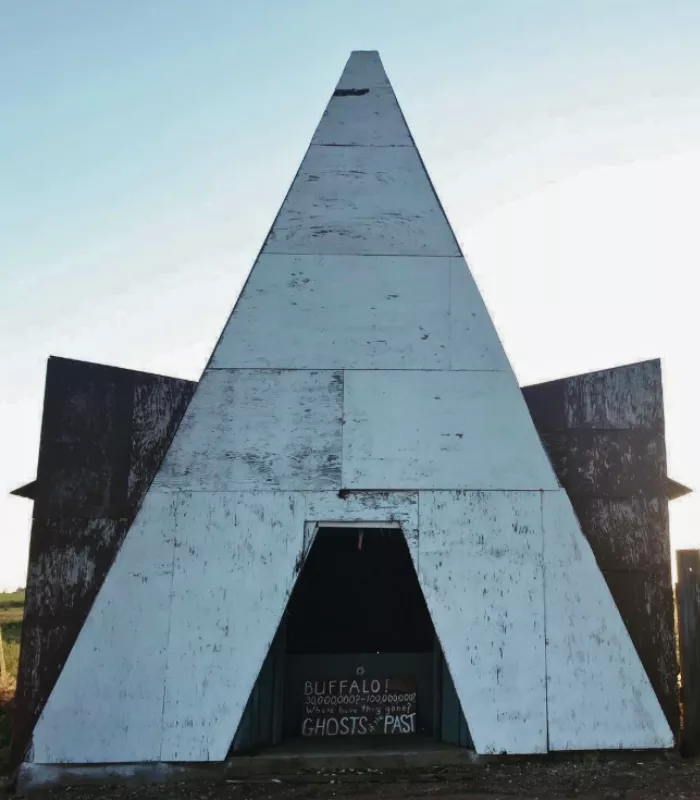
Buffalo Ridge Ghost Town once offered an authentic Western experience with operational animatronic displays.
It told the history of notable figures who passed through South Dakota.
Recent visitors report the attraction is well past its glory days.
The displays need major upgrades and maintenance to be worth the visit.
Many of the animatronics no longer work properly. The buildings show their age without the charm they once had decades ago.
Why It’s On This List: A formerly popular attraction that has declined significantly and needs major renovations.
6. Corn Palace, South Dakota
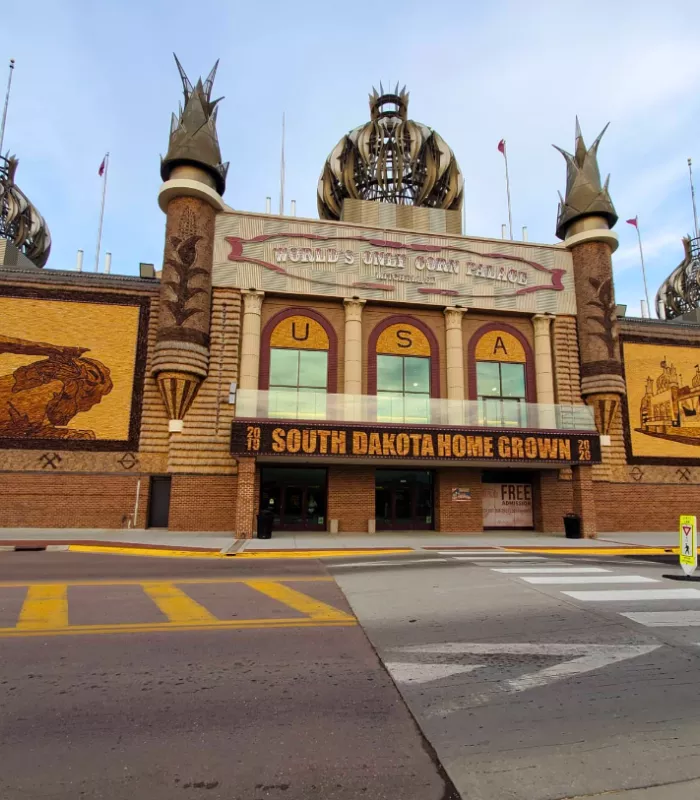
The Corn Palace in Mitchell is decorated with thousands of bushels of corn and other grains each year. The murals are redone annually with different themes using natural materials.
It’s essentially just a building covered in corn. Once you’ve seen it and taken your photos, there’s not much else to do.
The interior functions as a regular civic center and basketball arena. Most visitors spend less than 30 minutes here before moving on to their next destination.
Why It’s On This List: Limited activities and appeal beyond the novelty of a corn-covered building.
7. Jewel Cave National Monument, South Dakota
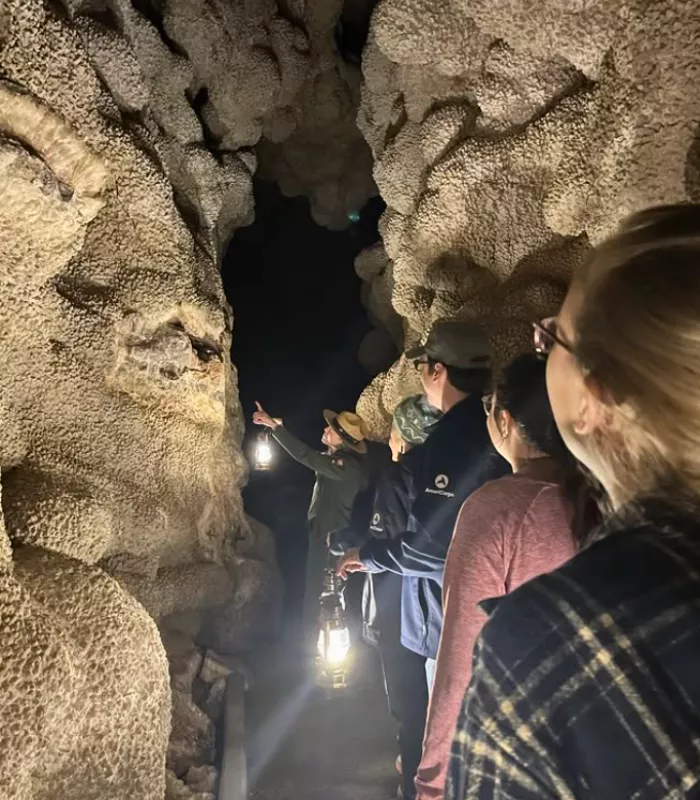
Jewel Cave is one of the longest known caves in the world with over 200 miles of mapped passages. The cave tours showcase beautiful calcite crystals and formations.
However, the tours can be physically demanding and claustrophobic for some visitors. The cave maintains a constant 49-degree temperature year-round.
Tour availability is limited and often books up quickly during peak season. Many visitors find the experience less impressive than expected compared to other cave systems.
Why It’s On This List: Limited tour availability and physical demands that don’t meet all visitors’ expectations.
8. Dinosaur Park, South Dakota
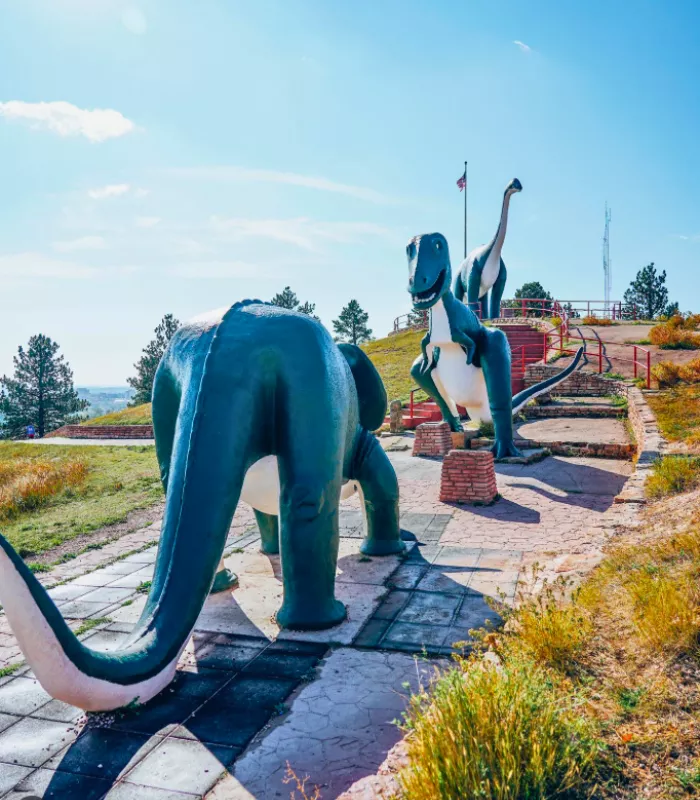
Dinosaur Park in Rapid City features seven concrete dinosaur sculptures built in 1936. The park sits on a hill overlooking the city and Black Hills.
The dinosaur models are outdated and scientifically inaccurate by today’s standards. They’re more charming than impressive, especially for visitors expecting modern exhibits.
The park is free to visit, which is its main selling point. But you’re better off spending your time at more engaging attractions in the Black Hills area.
Why It’s On This List: Outdated dinosaur models that don’t provide much educational or entertainment value.
9. Cosmos Mystery Area, South Dakota
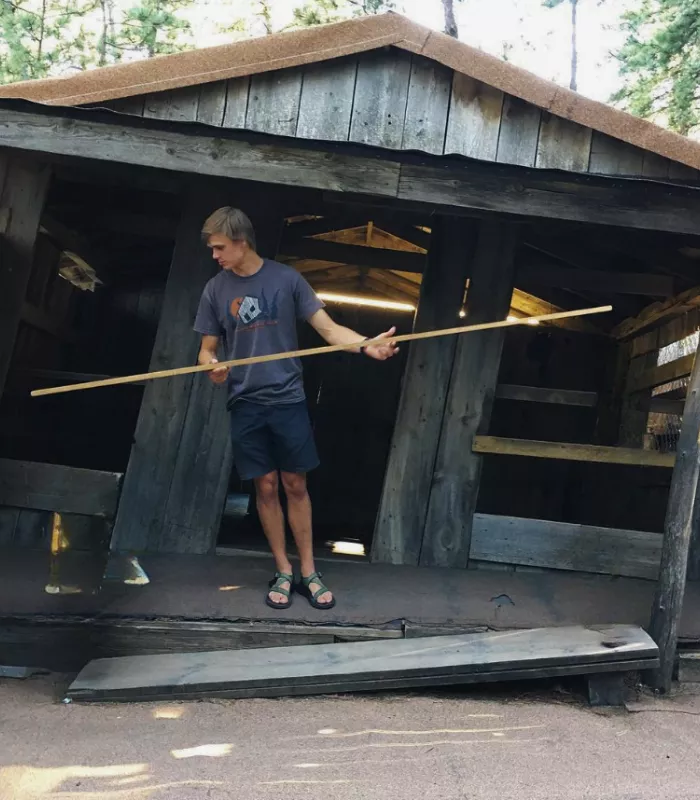
The Cosmos Mystery Area claims to be a place where the laws of physics don’t apply.
Visitors experience optical illusions and gravitational anomalies during guided tours.
Most of the “mysteries” are simple optical illusions created by tilted buildings and clever construction.
The explanations are more about showmanship than science.
The tour lasts about 20 minutes and costs admission for what amounts to a few party tricks. Many visitors feel they’ve been taken advantage of after the brief experience.
Why It’s On This List: Overpriced admission for simple optical illusions presented as mysterious phenomena.
10. Lake Oahe, South Dakota
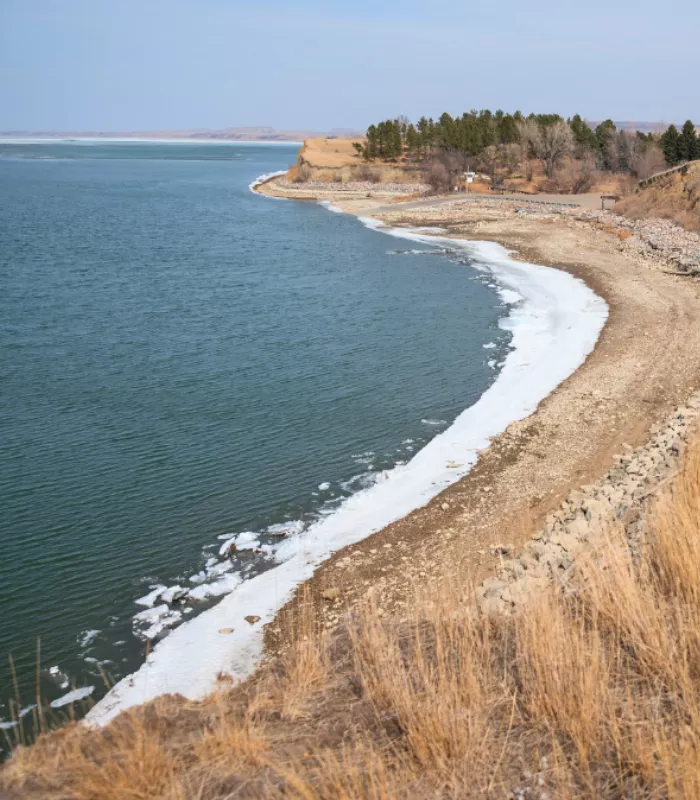
Lake Oahe is one of the largest reservoirs in the United States, stretching 231 miles along the Missouri River. It was created by the Oahe Dam and covers over 370,000 acres.
But here’s the problem – there are no beaches for swimming or relaxing. The lake is really only enjoyable if you have a boat for fishing or water sports.
Most of the shoreline is undeveloped with limited access points. Without your own watercraft, there’s very little to do at this massive body of water.
Why It’s On This List: Limited recreational opportunities for visitors without boats due to lack of beaches and facilities.
11. Badlands National Park, South Dakota
Badlands National Park covers 244,000 acres of layered rock formations and fossil beds. The park preserves one of the world’s richest fossil beds from 23 to 35 million years ago.
Summer temperatures can reach over 100 degrees with little shade available. The landscape becomes brutally hot and uncomfortable for extended exploration.
Most visitors drive the scenic loop road and take a few short walks. You’re better off visiting in spring or fall when temperatures are more manageable for hiking.
Why It’s On This List: Extreme summer heat and limited shade make visits uncomfortable during peak tourist season.
12. Reptile Gardens, South Dakota
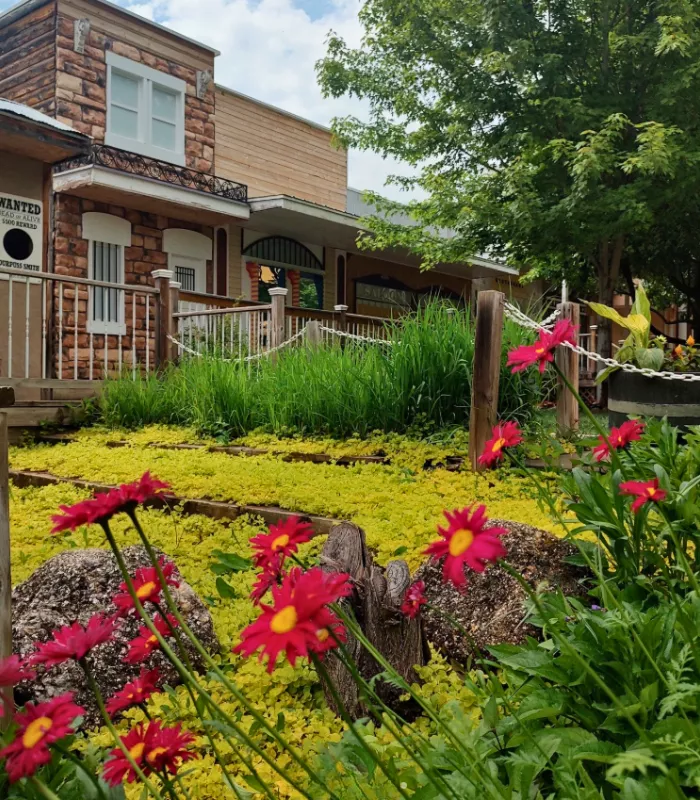
Reptile Gardens opened in 1937 and houses one of the world’s largest reptile collections. The facility includes over 200 species of reptiles, birds, and other animals.
The admission price is steep for what amounts to looking at animals in cages. Many of the exhibits feel dated compared to modern zoos and aquariums.
The alligator shows and bird demonstrations are the main attractions.
You can see similar exhibits at many other facilities for less money.
Why It’s On This List: High admission costs for exhibits that feel outdated compared to modern animal attractions.
13. Black Hills Maze, South Dakota
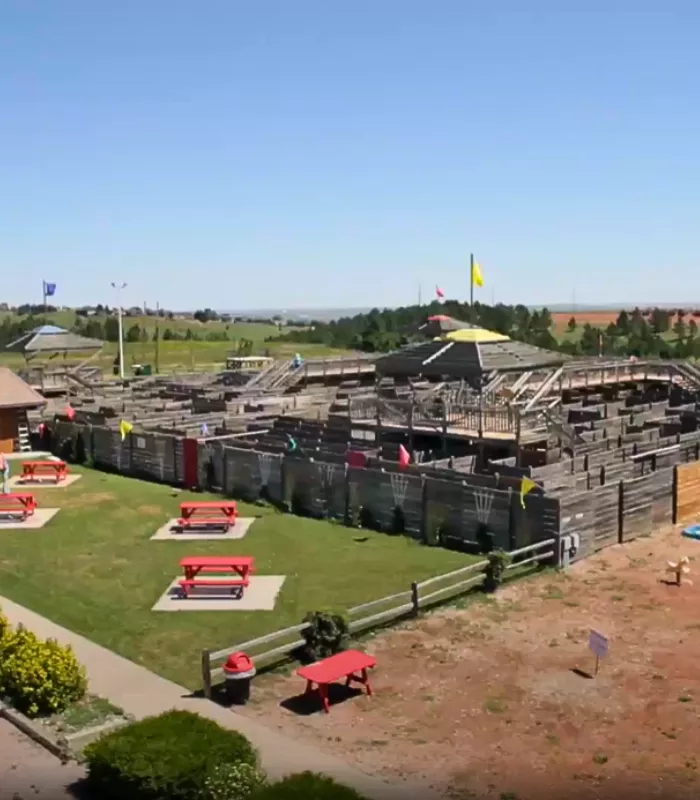
The Black Hills Maze claims to be the world’s largest maze carved into a hillside. Visitors navigate through paths cut into the natural landscape.
The maze takes most people 45 minutes to complete, but there’s not much else to do once you finish. The admission price seems high for a single activity.
You’re better off spending your time and money on other Black Hills attractions. The maze is more of a novelty than a memorable experience.
Why It’s On This List: Limited value for the admission price with only one main activity to justify the cost.
14. Storybook Land, South Dakota
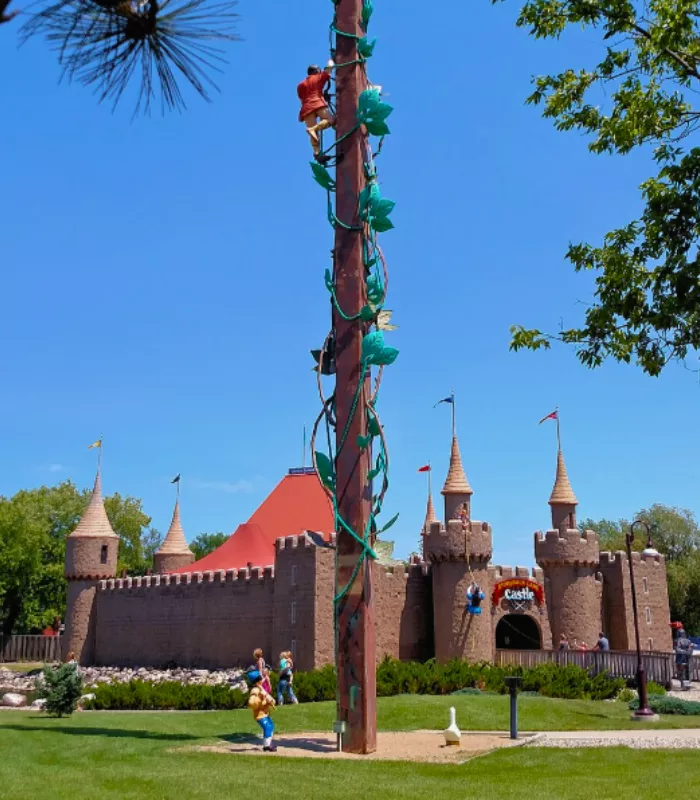
Storybook Land in Aberdeen features fairy tale characters and nursery rhyme scenes spread across 28 acres. The park has been operating since 1965 as a family attraction.
But here’s the problem – the displays are clearly designed for young children, not adults or teenagers. Most visitors over age 10 find it boring and childish.
The park is free to enter, which is its saving grace. However, it’s still a waste of time for most travelers unless you have very young grandchildren with you.
Why It’s On This List: Appeals only to very young children, leaving most visitors feeling like they wasted their time.
15. Sitting Bull Crystal Caverns, South Dakota
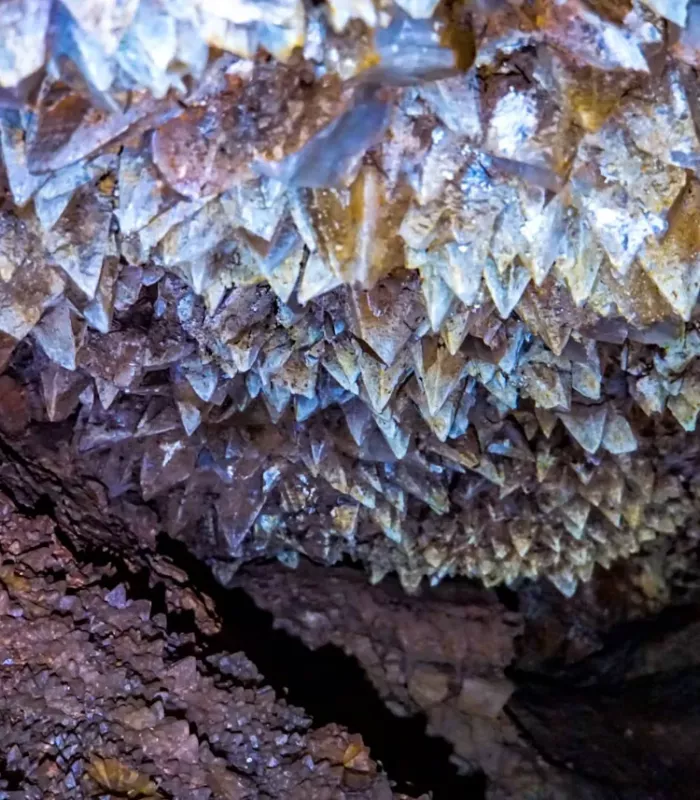
Sitting Bull Crystal Caverns offers underground tours through limestone caves filled with crystal formations. The caverns maintain a constant 45-degree temperature year-round.
The tours are short and don’t showcase as many impressive formations as other cave systems. Many visitors feel the experience doesn’t justify the admission price.
You’re better off visiting Wind Cave or Jewel Cave if you want to explore underground formations. Those locations offer more extensive and impressive cave systems.
Why It’s On This List: Limited cave formations and short tours that don’t provide good value compared to other cave attractions.
16. Prairie Village, South Dakota
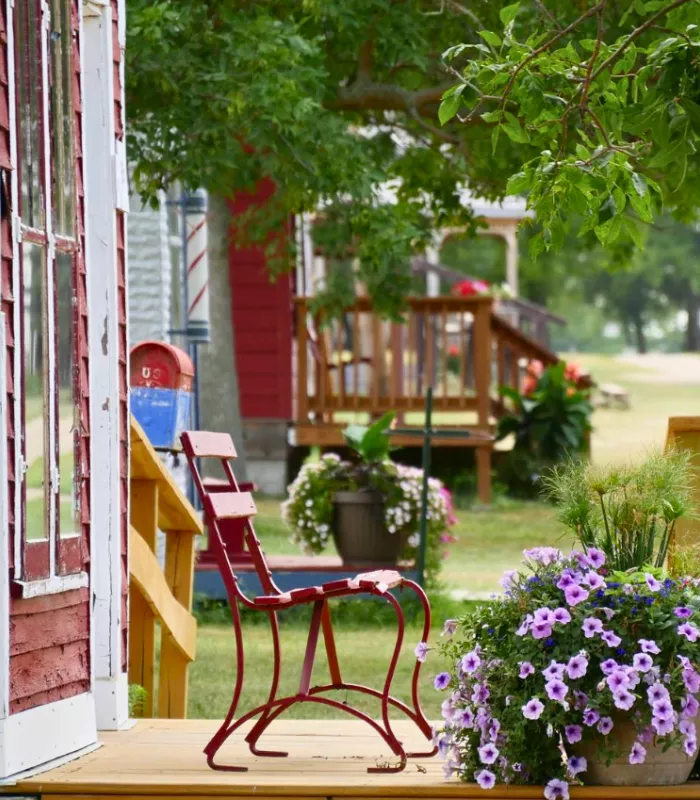
Prairie Village in Madison recreates an 1890s frontier town with over 40 restored buildings. The village hosts steam threshing jamborees and antique tractor shows.
Most of the buildings are only open during special events. On regular days, you’re mainly walking around looking at the outsides of historic structures.
The admission fee feels steep when many exhibits are closed. That’s why many visitors leave feeling disappointed by the limited access to the advertised attractions.
Why It’s On This List: Many buildings closed during regular visits, limiting the value of the admission price.
17. Flintstone’s Bedrock City, South Dakota
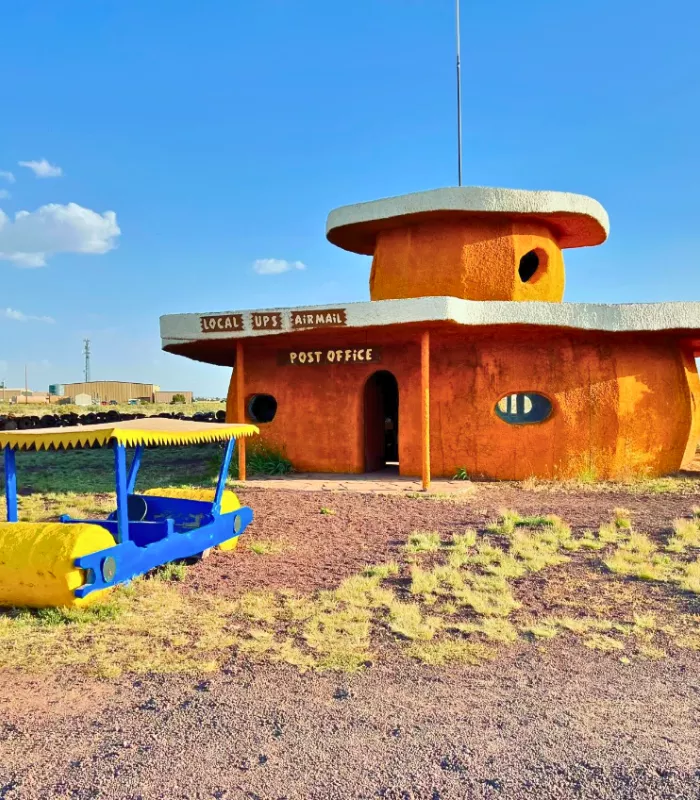
Flintstone’s Bedrock City was a theme park based on the cartoon family from the 1960s. The park featured stone-age themed buildings and activities for families.
However, the park has been permanently closed for several years now. Many tourists still drive there expecting to find an operating attraction.
The abandoned buildings and deteriorating structures create a sad sight rather than family fun. You’re better off researching current operating status before making the trip.
Why It’s On This List: Permanently closed attraction that still appears on some tourist maps and websites.
18. Mammoth Site, South Dakota
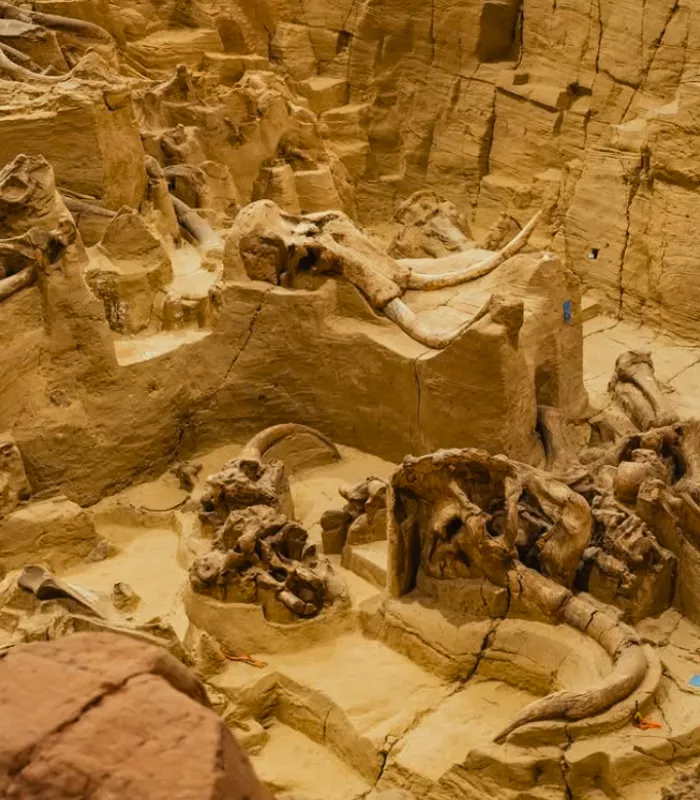
The Mammoth Site in Hot Springs preserves an active paleontological dig site where Columbian and woolly mammoths died 26,000 years ago. Over 61 mammoths have been discovered here.
The site offers educational value, but the experience is quite limited. You mainly look at bones in the ground from an elevated walkway.
Most visitors spend less than an hour here before moving on. The admission price feels high for what amounts to looking at excavated bones through glass.
Why It’s On This List: Limited interactive experience for the admission cost, with most time spent looking at bones from a distance.
19. Thunderhead Falls, South Dakota
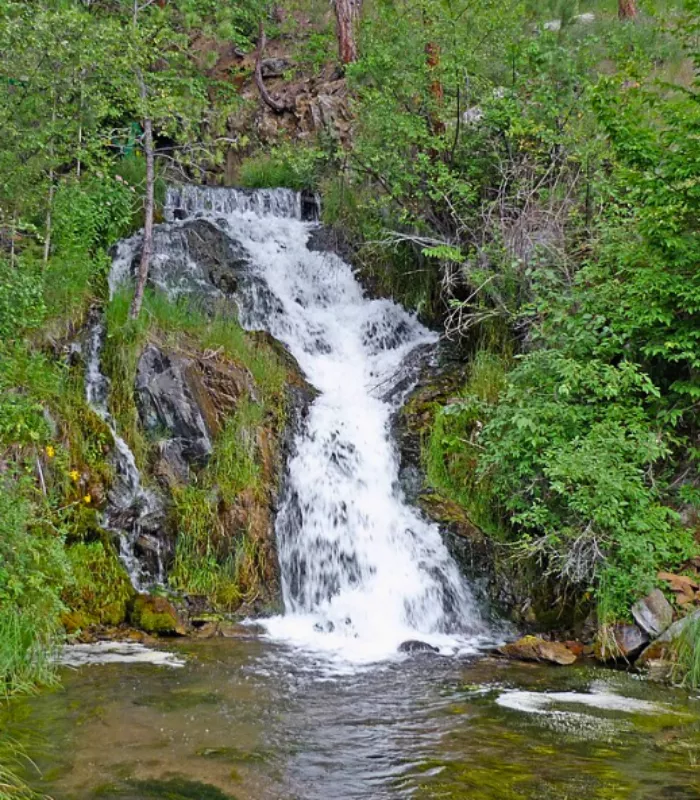
Thunderhead Falls is an underground waterfall located in Spearfish Canyon. The falls drop 600 feet through a series of underground chambers and caverns.
Accessing the falls requires a challenging hike that many older visitors find too difficult. The trail can be slippery and dangerous in wet conditions.
The falls are only impressive during certain times of year when water levels are high. Many visitors make the difficult hike only to find disappointing water flow.
Why It’s On This List: Difficult access trail and seasonal water flow that often disappoints visitors who make the challenging hike.
20. Bear Country USA, South Dakota
Bear Country USA is a drive-through wildlife park featuring North American animals in natural habitats. Visitors stay in their cars while observing bears, wolves, and other wildlife.
The admission price is quite high for what amounts to a drive through animal enclosures. Many animals are inactive during hot weather, leaving visitors with limited viewing opportunities.
You’re better off visiting actual national parks where you might see wildlife in truly natural settings. The captive animals here don’t provide the authentic experience many visitors expect.
Why It’s On This List: High admission costs for viewing captive animals that are often inactive, especially during peak visiting hours.

